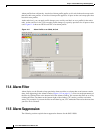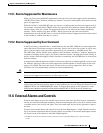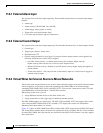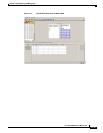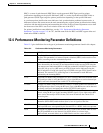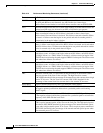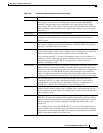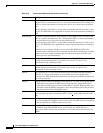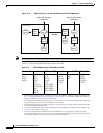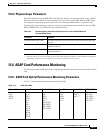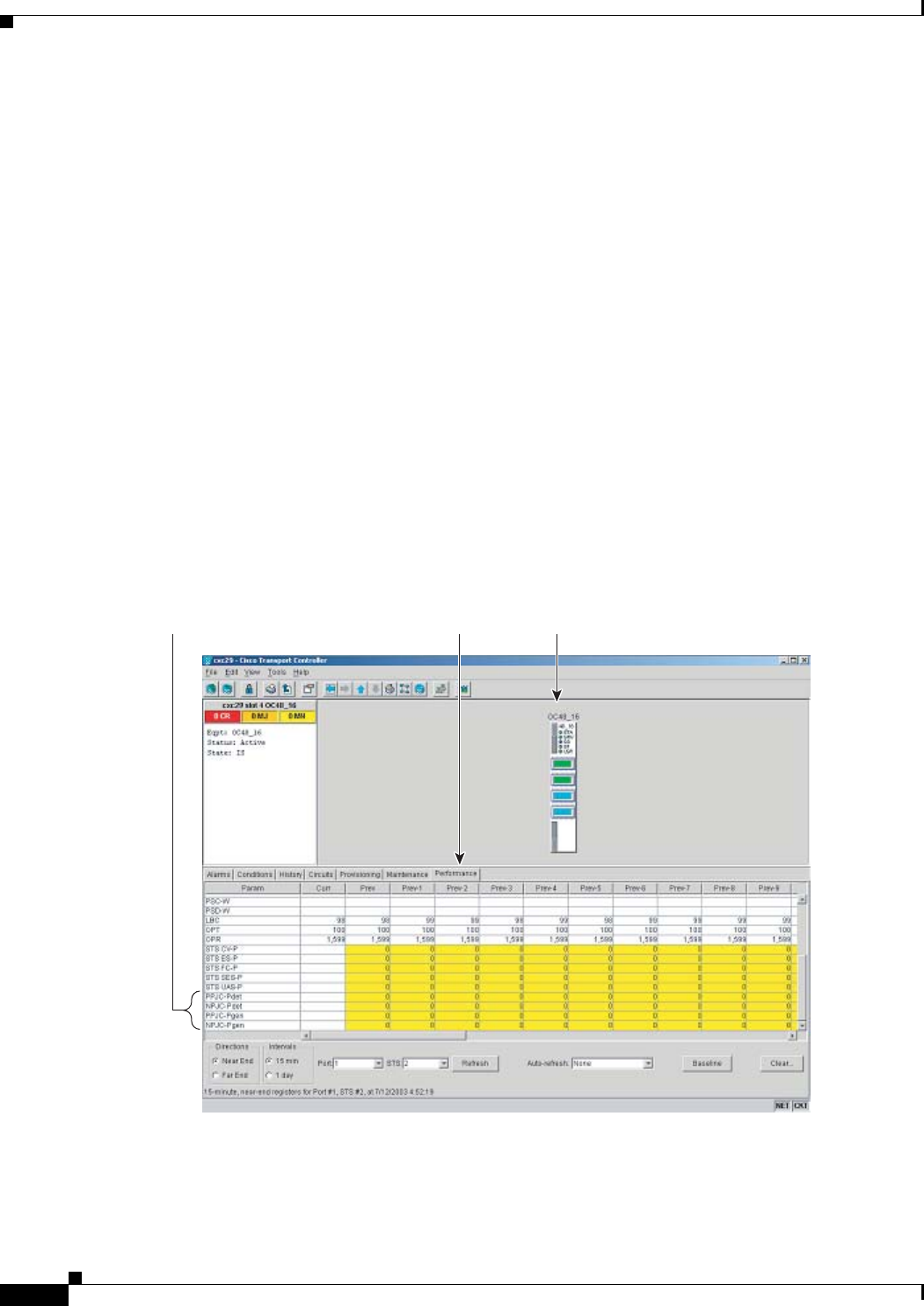
12-4
Cisco ONS 15600 Reference Manual, R7.2
Chapter 12 Performance Monitoring
12.3 Pointer Justification Count
12.3 Pointer Justification Count
Pointers are used to compensate for frequency and phase variations. Pointer justification counts indicate
timing differences on SONET networks. When a network is not synchronized, frequency and phase
variations occur on the transported signal. Excessive frequency and phase variations can cause
terminating equipment to slip. These variations also cause slips at the SDH and plesiosynchronous
digital hierarchy (PDH) boundaries.
Slips cause different effects in service. Voice service has intermittent audible clicks. Compressed voice
technology has short transmission errors or dropped calls. Fax machines lose scanned lines or experience
dropped calls. Digital video transmission has distorted pictures or frozen frames. Encryption service
loses the encryption key, which causes data to be transmitted again.
Pointers align the phase variations in STS and Virtual Tributary (VT) payloads. The STS payload pointer
is located in the H1 and H2 bytes of the line overhead. Clocking differences are measured by the offset in
bytes from the pointer to the first byte of the STS synchronous payload envelope (SPE) called the J1
byte. A small number of pointer justification counts per day is not cause for concern. If the pointer
justification count continues to rise or becomes large, action must be taken to correct the problem.
Figure 12-3 shows pointer justification count parameters on the performance monitoring window. You
can enable positive pointer justification count (PPJC) and negative pointer justification count (NPJC)
performance monitoring parameters for LTE cards.
Figure 12-3 Viewing Pointer Justification Count Parameters
Performance tab Card viewPointer Justification Counts
96725



